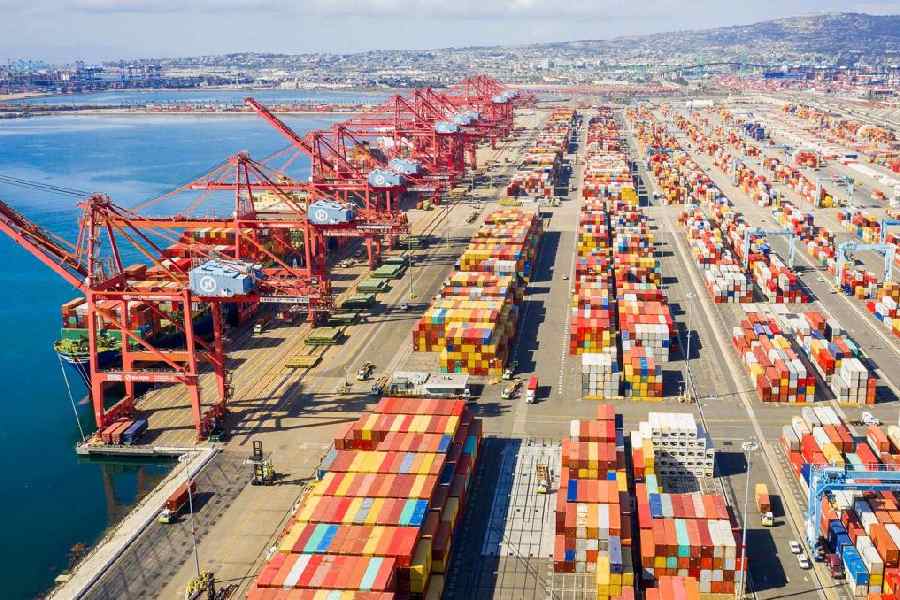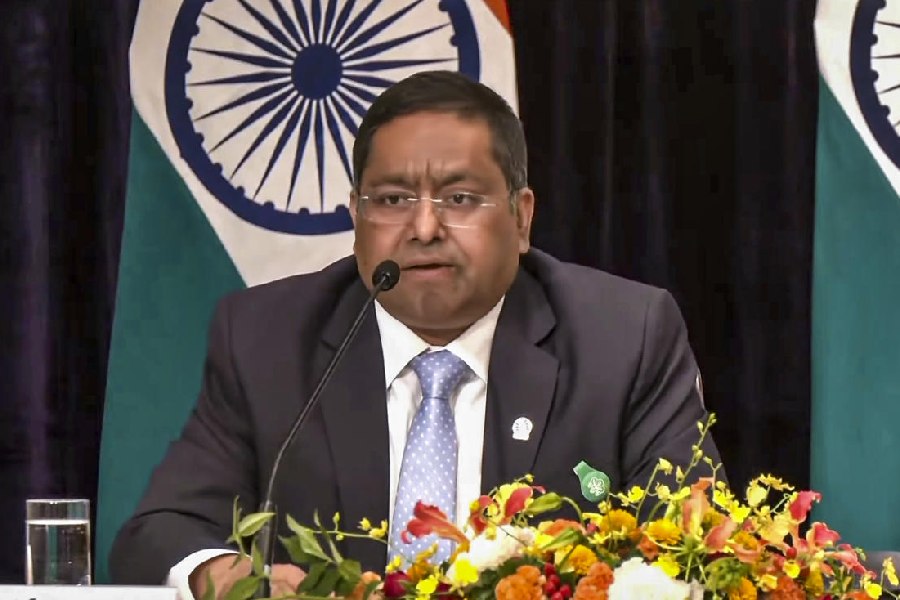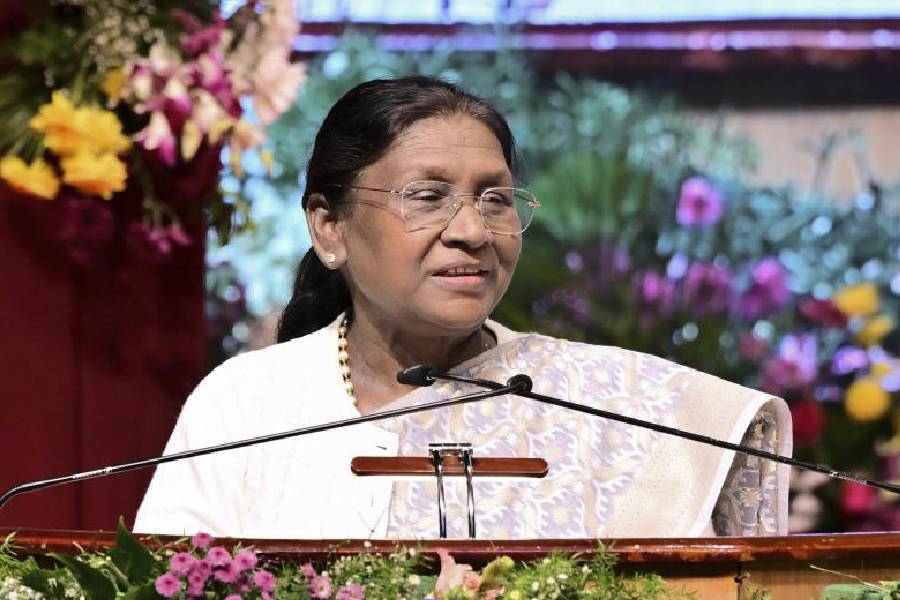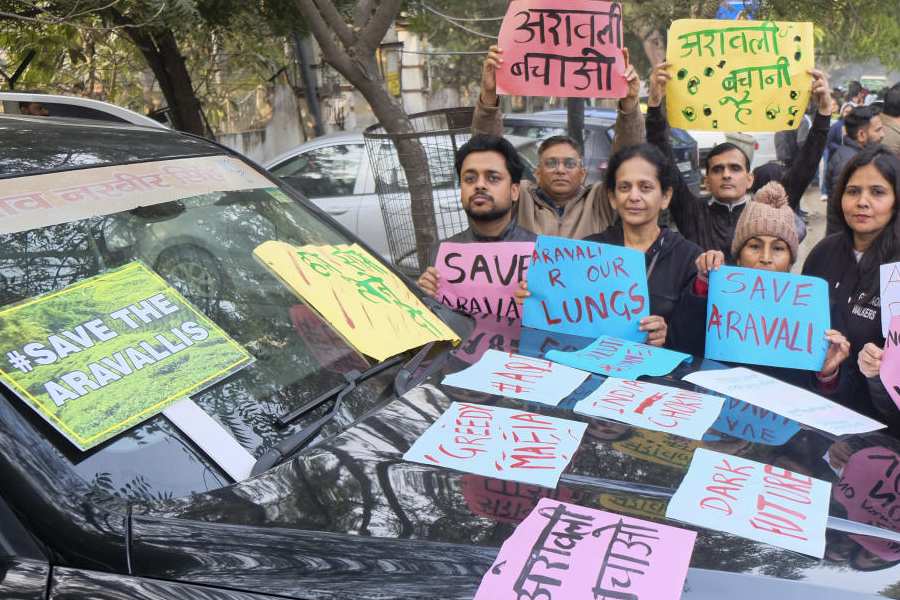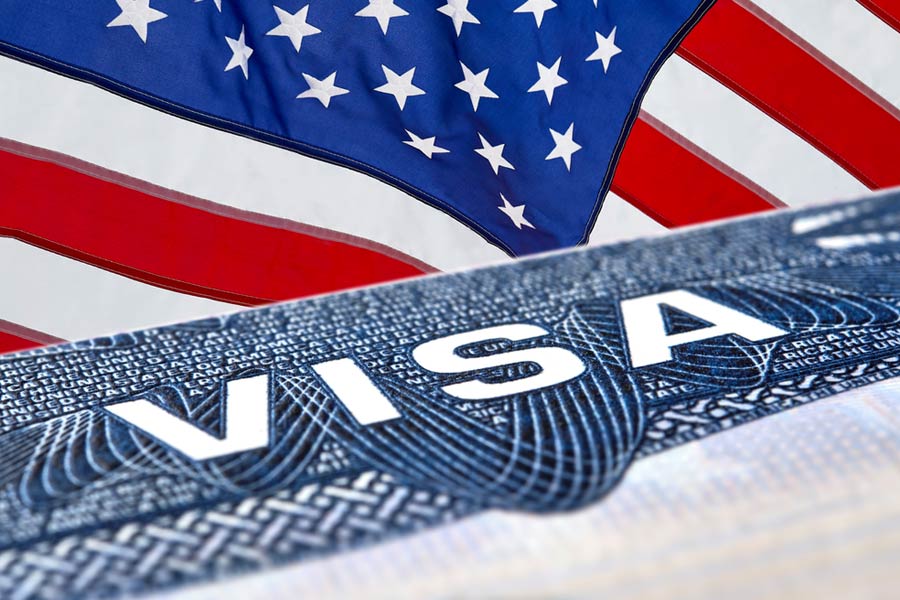Tariff imbalances with competing markets, stemming from a steep 50 per cent duty, have emerged as a major concern for Indian exporters supplying to the US. With an eye on diversification, industry associations have urged the central government to provide a range of support, including financial assistance for market diversification and interest subvention.
“Competing manufacturing hubs such as Turkey, Vietnam and Thailand continue to enjoy lower tariffs of 15 per cent, 20 per cent and 19 per cent, respectively, making Indian products relatively less competitive in the US market,” said Kirit Bhansali, chairman of the GJEPC.
The US is the largest market for the gems and jewellery exporters, accounting for over $10 billion in exports, nearly 30 per cent of the industry’s global trade. For cut and polished diamonds, half of India’s exports are US-bound.
GJEPC has urged the government to consider a targeted scheme on the lines of a duty drawback or a reimbursement scheme, covering around 25-50 per cent of the new tariffs imposed on the gems and jewellery exports to the US from August to December 2025.
Financial support for market diversification, deferment of working capital facilities, and interest subvention are among the measures that the industry has proposed to the government to partially offset the impact of the new tariff structure and mitigate financial strain on exporters.
Marine and seafood
Seafood exporters hope that the government will offer financial assistance as the business is heading for a sharp hit from the US tariffs. The US accounts for 40 per cent of the total Indian seafood exports of ₹60,000 crore. India mainly exports shrimps to the US.
The exporters have urged the government to consider financial support in the form of a soft loan of up to 30 per cent of working capital at an international interest rate to tide them over the cash flow crunch and an interest subvention to ease credit costs, said Rajarshi Banerji, president (Bengal), Seafood Exporters Association of India.
“India is already facing competition from Ecuador, which has only a 15 per cent tariff,” said city-based seafood exporter and MD of Megaa Moda, Yogesh Gupta.
Compound Livestock Feed Manufacturers Association (CLFMA) of India chairman Divya Kumar Gulati said Indian exporters are exploring alternative markets such as the UK, where the India-UK FTA now offers duty-free access for fisheries products.
The industry body urged the government to promote broader market diversification by facilitating access to regions such as East Asia, West Asia and Africa, and to intensify trade diplomacy through the WTO and G20.
Apparel exports
Seeking fiscal support, the apparel exporters' body AEPC on Thursday said the doubling of tariffs to 50 per cent by the Trump administration on Indian goods will severely affect the micro and medium exporters dependent on the American market.
“There is no way the industry can absorb this. I am sure the government also realises that this unreasonable increase in tariff will sound the death knell for the micro and medium apparel industry, especially those who majorly sell to the US market, unless the government steps in with direct fiscal support to the industry,” said AEPC chairman Sudhir Sekhri.
America accounted for 33 per cent of India’s total garment exports in 2024. In 2024-25, India’s exports to the US from this sector include apparel-knitted ($2.7 billion), apparel-woven ($2.7 billion), and textiles, made-ups ($3 billion).
Auto components
The decision to impose high tariffs on Indian goods by the US presents near-term challenges for the auto component makers, underscoring the importance of enhancing the sector’s competitiveness and exploring new and diversified markets, industry body ACMA said on Thursday.

